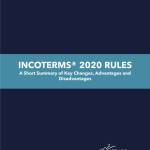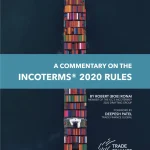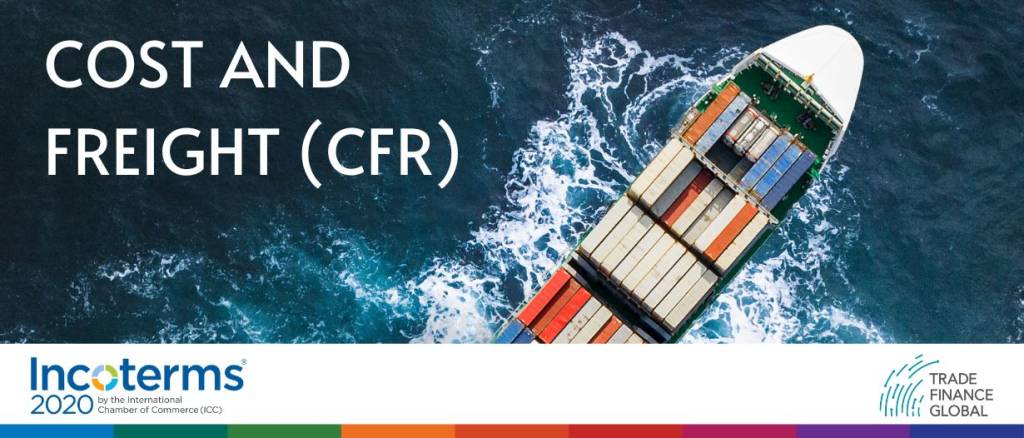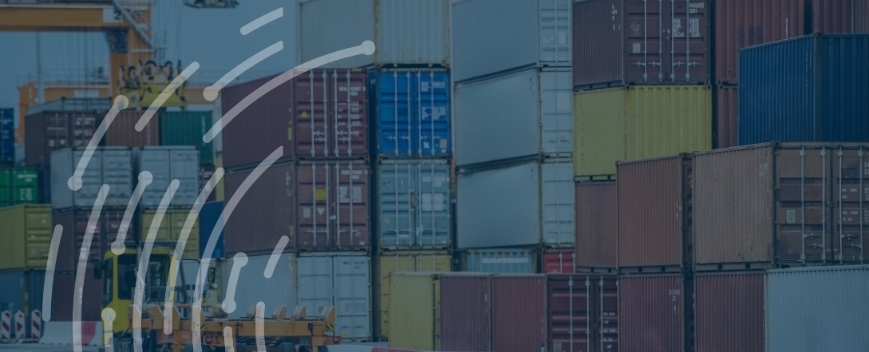Bob Ronai
Bob has over 50 years of experience in the importing and exporting industry, beginning in international banking before transitioning to international commerce.
Quick Guide to Incoterms
Download our free brief guide

Download now
Comprehensive Incoterms Guide
Purchase our 96-page guide

Purchase
Contents
Cost and Freight (CFR) ranks among the frequently utilized trade terms following Free On Board (FOB), yet it is often applied without reference to any specific version of the Incoterms® rules.
In such instances, it falls to the seller and buyer to mutually define their understanding of CFR within their agreement.
Introduction to Cost and Freight (CFR)
In the Incoterms® 2020 framework, as with earlier editions, Cost and Freight (CFR) necessitates that the seller load the goods onto the designated vessel as per their contract.
Risk of loss or damage to the goods is transferred to the buyer once they are on board. The term “on board” is no longer strictly defined, leaving the contract to specify it based on the goods’ nature.
The seller’s duties include packing the goods for transportation, clearing them for export, arranging transport to the specified destination port, and loading at the shipment port. The bill of lading typically notes “freight prepaid.”
Conversely, the buyer is accountable for expenses related to unloading at the destination port, import duties, taxes, and additional transport costs to the final destination.
CFR, like FOB, traces its roots to the era of sailing ships.
The term CFR was previously abbreviated as “C&F” until it was standardized as CFR in 1990, due to communication issues with the ampersand in messages during the 1970s and 1980s.

“Incoterms” is a registered trademark of the International Chamber of Commerce.
Refer to ICC publication no. 723E for the complete text.
This paraphrased HTML markup maintains the original information and structure while rephrasing the content effectively as requested.


